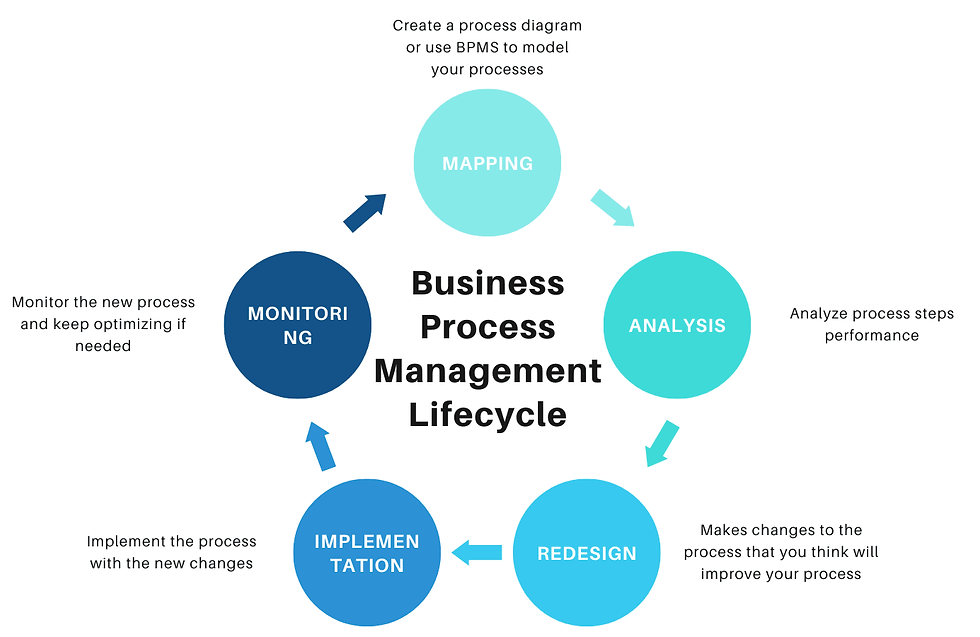Top Challenges in Leave of Absence Approvals and How to Overcome Them
- sandyarsenaulttech
- Dec 26, 2024
- 3 min read
Managing leave of absence (LOA) approvals is crucial for ensuring smooth operations within an organization. However, handling leave requests efficiently can be a challenging task for HR departments. With the increasing complexity of work environments and varied employee needs, businesses face several issues in managing these approvals. Understanding these challenges and adopting effective strategies can help streamline the process, minimize disruptions, and ensure a fair and transparent leave management system.

1. Lack of Clear Policies and Guidelines
One of the most common challenges organizations face when managing LOA approvals is the absence of clear, standardized policies. Employees may have different expectations regarding the type and duration of leave, leading to confusion and inconsistency in decision-making.
Solution: Develop and communicate clear leave policies that cover various types of leaves (sick leave, vacation, personal leave, etc.), the process for requesting leave, and any documentation required. Make sure employees are informed about the policies during onboarding and provide easy access to them through the company intranet. A transparent system reduces confusion and ensures consistency in approval decisions.
2. Difficulty in Tracking Leave Requests
Tracking and managing multiple leave requests across departments can become overwhelming, especially if leave records are stored in different places. This often results in missed requests, confusion, or even conflicts when multiple employees request time off during peak periods.
Solution: Implement a centralized leave management system that allows employees to submit requests and managers to approve them in real-time. Cloud-based leave management software can help HR departments track leave balances, manage approvals, and automate notifications. This eliminates the risk of missed requests and provides a clear overview of team availability.
3. Ensuring Fairness and Consistency
Ensuring fairness in LOA approvals can be challenging, especially in organizations with large workforces. Employees may feel their requests are being unfairly denied or delayed, leading to frustration and decreased morale.
Solution: Adopt a fair and transparent system that applies the same rules to all employees. Implement automated workflows where requests are automatically routed to the appropriate managers for approval, based on pre-established criteria. By ensuring that leave requests are handled impartially, companies can prevent resentment and maintain a healthy work environment.
4. Balancing Business Needs with Employee Requests
While employees are entitled to time off, businesses must ensure that leave approvals don’t negatively affect operations. During peak times or critical projects, approving too many leave requests can disrupt workflow, leading to understaffing and a decrease in productivity.
Solution: Prioritize leave requests based on business needs. Allow managers to have a say in whether a request can be accommodated during critical periods. Additionally, encourage employees to plan their leave well in advance, particularly during busy seasons, to give the organization time to make adjustments. Flexibility in the types of leave, such as offering work-from-home options, can also help meet both business and employee needs.
5. Managing Multiple Types of Leave
Different types of leave (e.g., sick leave, family leave, parental leave, paid time off) have distinct approval processes and requirements. Managing these diverse leave categories can create confusion and lead to errors in processing.
Solution: Standardize leave categories and establish separate processes for each type of leave. Ensure employees and managers understand the eligibility criteria for different leaves and the necessary documentation. Using automated systems can help track the different types of leave and ensure proper documentation is submitted for each one.
6. Compliance with Legal Requirements
Businesses must comply with a variety of local, state, and federal regulations when handling leave requests, such as the Family and Medical Leave Act (FMLA) in the U.S. Failure to comply with these legal requirements can result in penalties and legal issues.
Solution: Stay informed about applicable labor laws and regulations to ensure compliance. Invest in HR software that integrates with legal frameworks, ensuring that leave requests and approvals meet all legal requirements. This minimizes the risk of non-compliance and protects the organization from legal ramifications.
7. Employee Accountability
When employees are on leave, their work often gets delayed, and their absence may impact team performance. Ensuring that employees return to work on time and are held accountable for their leave can be difficult without a proper system in place.
Solution: Establish clear guidelines on the return-to-work process. Require employees to submit a doctor's note or other documentation for extended leaves. Set expectations regarding punctuality and communication during their leave period. In cases of extended leaves, consider offering flexible work arrangements or temporary replacements to ensure that operations continue without disruption.
Conclusion
Managing leave of absence approvals effectively requires a thoughtful approach to balancing business needs, legal compliance, and fairness. By addressing the challenges of unclear policies, tracking leave requests, ensuring fairness, balancing operational needs, and streamlining processes with technology, organizations can optimize leave management. This approach ensures that both employees and employers benefit, leading to improved morale, better productivity, and compliance with legal standards.
SITES WE SUPPORT
SOCIAL LINKS



Comments